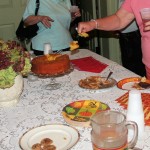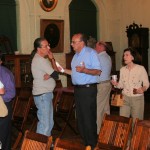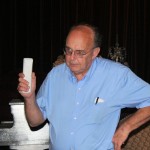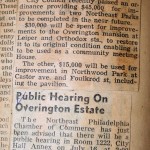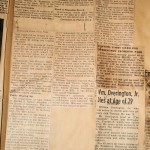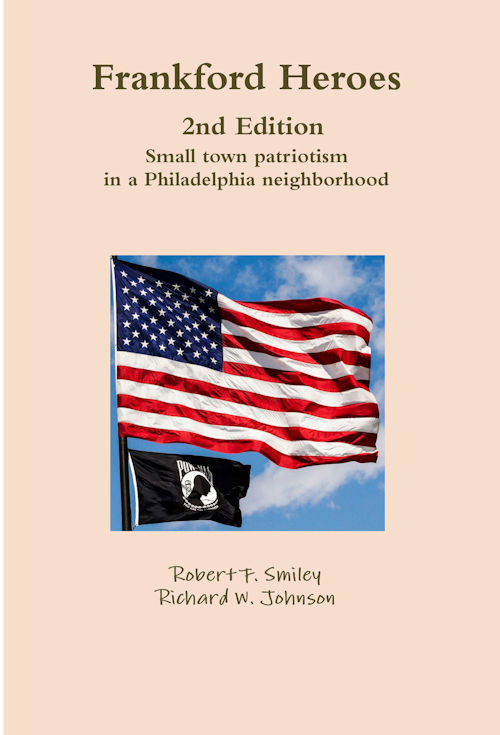NEVER Forget – Americans have fought against a foreign enemy on American Soil before the events of September 11, 2001. It is because our forefathers have purchased today’s freedom with their own blood, America has a Constitution and the right exercise Free Speech without fear, even when spoken to criticize Our Own Government. Today, to remain free, we may be called upon & purchase our children’s freedom with our own blood again. Freedom is an expensive war, and it is still being fought today.
This Day in History – September 11, 1777
On June 14, 1777, Congress adopted a resolution to “Adopt a Flag,” but because of the American Revolution, the news was slow to hit the press. In Philadelphia, the news to adopt a flag was published on August 30, 1777 in the Pennsylvania Evening Post, and not in the Virginia Gazette until September 12, 1777. But in British occupied New York City, Patriot printer Samuel Loudon had fled to Fishkill, N.Y., where he published the New-York Packet. It was on September 11, 1777, in New York’s Free Press, that Loudon published the following:
“Resolution to Adopt a Flag In CONGRESS, June 14, 1777. Resolved, That the FLAG of the United States be THIRTEEN STRIPES alternate red and white; that the union be THIRTEEN STARS, white in a blue field, representing a new constellation.” Meanwhile, back in Philadelphia, The Pennsylvania Packet published the following report:
CHAD’S FORD, September 11, 1777. 5 O’Clock, P.M. SIR, WHEN I had the honor of addressing you this morning, I mentioned that the enemy were advancing and had began a cannonade. I would now beg leave to inform you, that they have kept up a brisk fire from their artillery ever since. Their advanced party was attacked by our light troops under General Maxwell, who crossed the Brandywine for that purpose, and had posted his men on some high grounds on each side the road. The fire from our people was not of long duration, as the enemy pressed on in force, but was very severe. What loss the enemy sustained cannot be ascertained with precision, but from our situation and briskness of the attack, it is the general opinion, particularly of those who were engaged, that they had at least three hundred men killed and wounded. Our damage is not exactly known, but from the best accounts we have been able to obtain, it does not exceed fifty in the whole.
After this affair the enemy halted upon the heights, where they have remained ever since, except a detachment of them which filed off about eleven o’ from their left, and which has since passed Brandywine at JonesFord, between five and six miles above Chad; the amount of it is not known, accounts respecting it being various – some making it two or three thousand strong, and others more. Generals Sullivan, Stirling, and Stevens, with their divisions, are gone in pursuit and to attack it, if they can with any prospect of success.
There has been a scattering loose fire between our parties on each side the brook, since the action in the morning, which just now became warm, when General Maxwell pushed over with his corps, and drove them from their ground, with the loss of thirty men left dead on the spot, among them a Captain of the 49th, and a number of intrenching tools, with which they were throwing up a battery.
At half after Four o’ the enemy attacked General Sullivan at the Ford and above this, and the action has been very violent ever since. It still continues. A very severe cannonade has began here too, and I suppose we shall have a very hot evening. I hope it will be a happy one.
I have the honor to be, in great haste,
Sir, your most obedient servant,
ROBERT H. HARRISON.
[note: A second letter appeared in this publication – below]
The Honourable JOHN HANCOCK, Esquire.
Published by Order of Congress.
CHARLES THOMSON, Secretary.
CHESTER, September 11, 1777. Twelve o’Clock at Night.
SIR, I AM sorry to inform you that in this day engagement we have been obliged to leave the enemy masters of the field. Unfortunately the intelligence received of the enemy advancing up the Brandywine, and crossing at a Ford about six miles above us, was uncertain and contradictory, notwithstanding all my pains to get the best. This prevented my making a disposition adequate to the force with which the enemy attacked us on our right; in consequence of which the troops first engaged were obliged to retire before they could be reinforced. – In the midst of the attack on the right, that body of the enemy which remained on the other side of ChadFord, crossed it, and attacked the division there under the command of General Wayne and the light troops under General Maxwell; who after a severe conflict also retired.
The Militia under the command of General Armstrong, being posted at a Ford about two miles below Chad, had no opportunity of engaging. But though we fought under many disadvantages, and were from the causes above mentioned, obliged to retire; yet our loss of men is not, I am persuaded, very considerable; I believe much less than the enemy.
We have also lost seven or eight pieces of cannon, according to the best information I can at present obtain. – The baggage having been previously moved off is all secure; saving the men blankets, which being at their backs, many of them doubtless were lost.
I have directed all the troops to assemble behind Chester, where they are now arranging for this night. – Notwithstanding the misfortune of the day, I am happy to find the troops in good spirits, and I hope another time we shall compensate for the losses now sustained.
The Marquis La Fayette was wounded in the leg, and General Woodford in the hand. Divers other officers were wounded, and some slain, but the numbers of either cannot now be ascertained.
I have the honor to be, Sir, your obedient humble servant,
G. WASHINGTON.
P.S. It has not been in my power to send you earlier intelligence; the present being the first leisure moment I have had since the action.
Published by Order of Congress,
CHARLES THOMSON, Secretary. [end of letters]
So what does this have to do with Frankford? Not much, except this:
The Frankford flag-maker
J.M.



